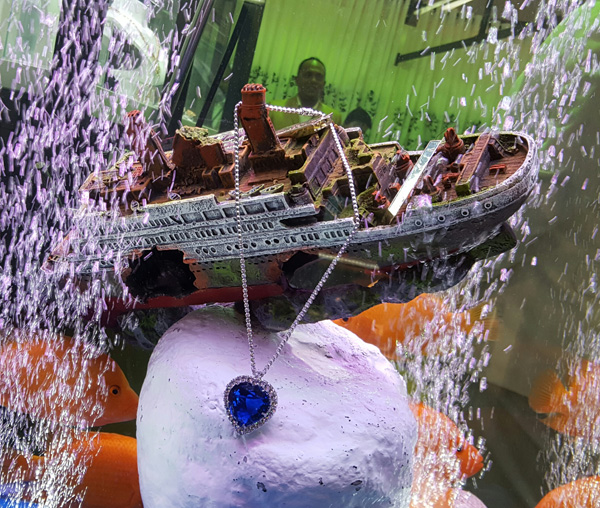Reply To:
Name - Reply Comment

Over 2000 years ago a little island in the midst of the Indian Ocean received the title ‘Ratna Dweepa’ meaning Island of Jewels, in honor of the precious gemstones it produced. Early Arab traders called the island ‘Serendib’, while the Persians named it ‘Serendip’ from which the modern word Serendipity is derived.
The very first records of Sri Lanka’s Gem & Jewelry trade date back to 543BC, the Mahavamsa mentions that a certain Naga king owned a gem-encrusted throne. The Roman natural philosopher, Pliny the Elder wrote that the ambassadors from Taprobana (as Sri Lanka was known at the time) told tales of the island’s magnificent gemstones during the reign of Emperor Claudius. Greek astronomer /geographer, Ptolemy made references to the island’s beryl, sapphire and gold in the second century AD. In 1293 Venetian merchant traveller, Marco Polo made note of the abundance of gems, including sapphire, ruby, topaz, amethyst and garnet, found on the island, while 14th century Moroccan scholar and traveler, Ibn Battuta wrote of the variety of precious stones he’d seen during his visit.
During the rule of the Sinhala kings the mining, possession and commerce of precious stones was under the complete control of the monarch. During the period of European colonization, gem and jewelry commerce expanded further as the Europeans were solely interested in trading and profit. European traders brought more of these goods to the West, further spreading the country’s reputation as a source of gemstones and trade expertise. However, during the 20th century, Sri Lanka’s standing as a premier gem trade center diminished due to a number of factors: the emergence of other sources, a failure to adapt and master technology such as heat treatment and modern cutting, and government regulations that hindered the rapid growth enjoyed by other countries. In the last two decades, Sri Lanka has overcome these and many other setbacks and now boasts a dynamic, rapidly growing Gem & Jewelry industry. Much of this growth may be credited to the inception and growing popularity of FACETS, Sri Lanka’s premier gem & jewelry exhibition.
Inspired by an Indian gem dealer and a desire to show the world the very best of Sri Lanka a collective of major entrepreneurs of the industry at the time began plans for the project which in time became known as FACETS. With the support of the then Sri Lanka Gem Traders’ Association and the Sri Lanka Customs, FACETS was held for the first time in 1991 and became the first International Gem & Jewelry Exhibition in Sri Lanka. The show was held at the Hilton Colombo in September with just 50 stalls. Over the years despite many trials and tribulations caused especially by the civil war, FACETS has continued to grow and increase in popularity, becoming one of the most sought after gem & jewelry exhibitions in the world.
FACETS is currently the flagship activity of the Sri Lanka Gem & Jewelry Association. In 2003, the government of Sri Lanka declared SLGJA as the apex industry body and entrusted the organization with a leadership role to formulate industry-level strategies in order to increase productivity and competitiveness. Since then the Association works closely with the government's National Gem & Jewelry Authority and the Sri Lanka Export Development Board to advocate national policy and provide input for the industry's regulatory framework. Today SLGJA boasts over 450 members who together account for over 75 percent of the country's Gem and Jewelry exports.
The title ‘Ratna Dweepa’ earned by Sri Lanka all those centuries ago still stands unchallenged to this day.